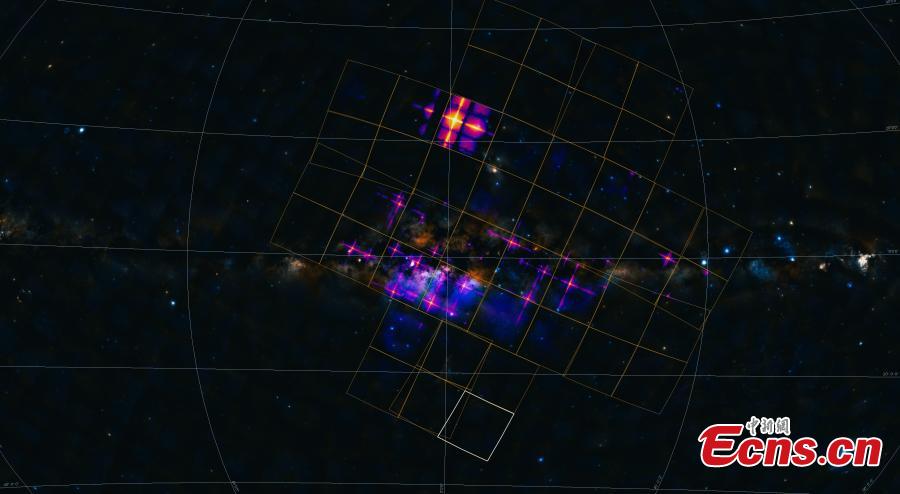
Photo shows a view captured by a Wide-field X-ray Telescope (WXT) directed at the center of the Milky Way for around 40,000 seconds. (Photo provided to China News Service) China's Einstein Probe (EP) astronomical satellite, sent into space in January this year, has captured its first in-orbit detection images, which were presented at a parallel forum of the 2024 Zhongguancun Forum in Beijing on Saturday.
Inspired by the functions of lobster eyes, EP uses new X-ray detection technology to observe mysterious transient phenomena in the universe that flicker like fireworks.
The probe has captured X-ray images of various celestial bodies during its commissioning phase. These observations have demonstrated the outstanding capabilities of EP's two scientific instruments: a Wide-field X-ray Telescope (WXT) to monitor a panorama of the X-ray sky, and a Follow-up X-ray Telescope (FXT) to provide close-up views and pinpoint transient sources captured by the WXT.
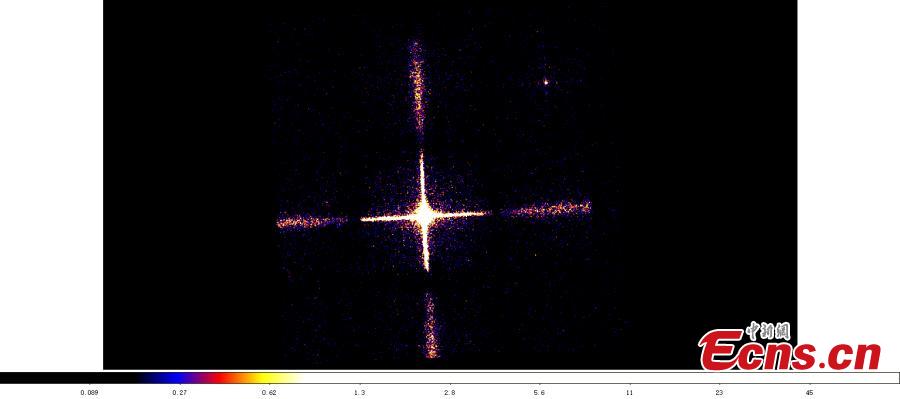
Photo shows an X-ray transient captured by the EP satellite's WXT. (Photo provided to China News Service)
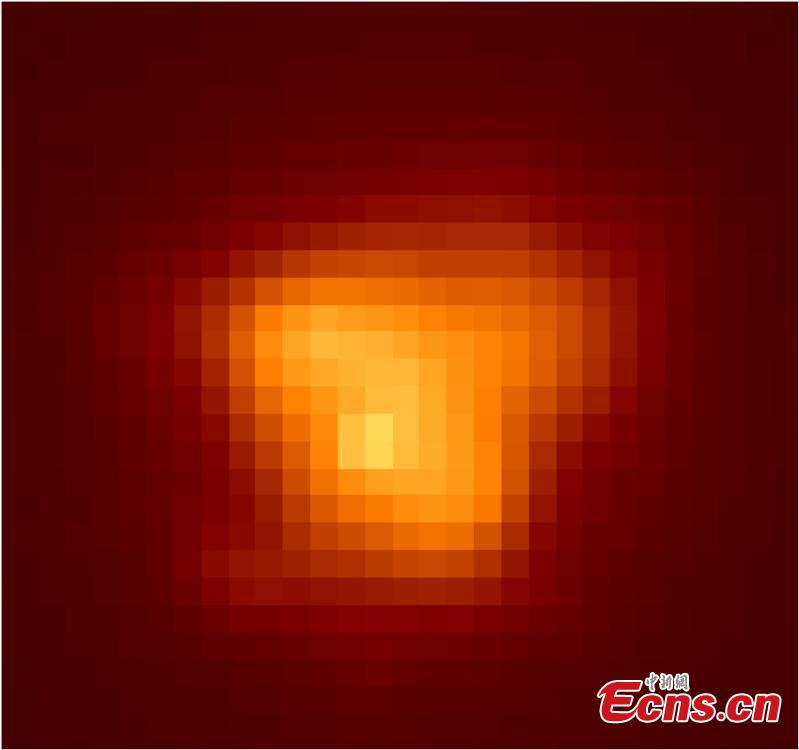
A view of the Crab Nebula captured by the EP satellite's FXT. (Photo provided to China News Service)
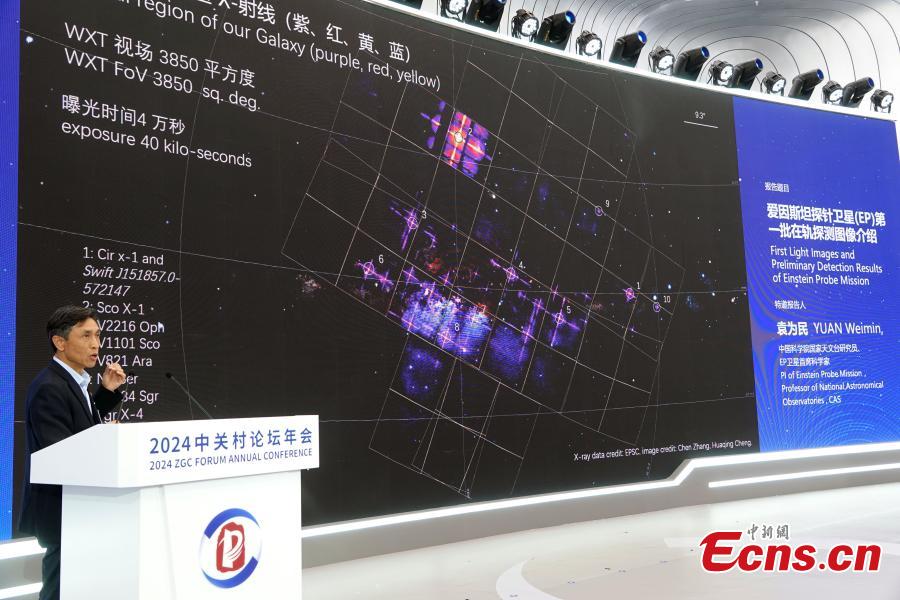
A scientist introduces images captured by a Wide-field X-ray Telescope (WXT) directed at the center of the Milky Way for around 40,000 seconds. (Photo provided to China News Service)
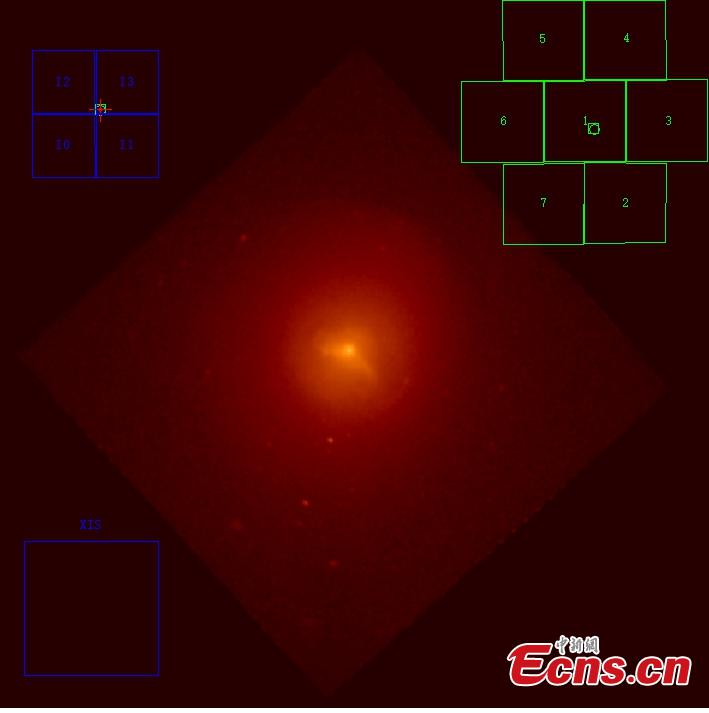
A view of the elliptical galaxy M87 captured by the EP satellite's FXT. (Photo provided to China News Service)














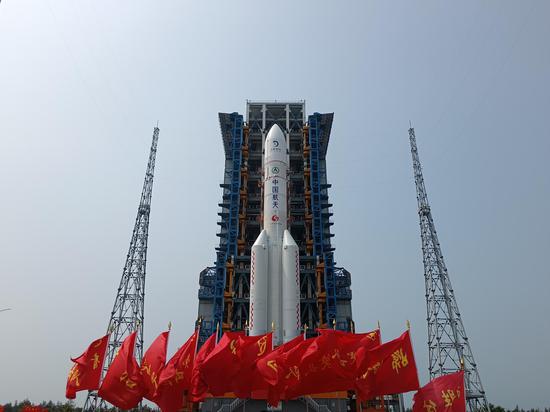








 京公网安备 11010202009201号
京公网安备 11010202009201号